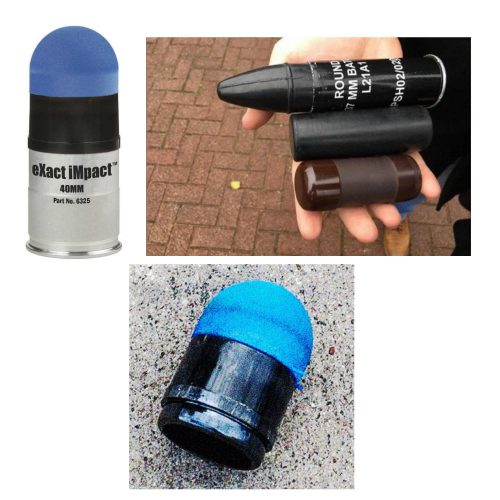Epidural hematoma is a life-threatening condition that is typically associated with arterial bleeding outside of the dura. Most frequently, this is due to a skull fracture that extends across and lacerates the middle meningeal artery (MMA).
The standard treatment regimen is neurologic monitoring in patients who have a (nearly) normal GCS and do not change neurologically. That escalates to rapid craniectomy and evacuation in those with neurologic compromise. Interestingly, there have been a few case reports over the last 10 years describing attempted management by embolization of the MMA.
Let’s look at this idea more critically. This seems like it should be a good idea. But remember, in medicine you’ve actually got to study it. There are too many examples of things that make sense that are worthless or actually cause harm.
The first report I found was a series of one in which the patient was found to have a large subdural hematoma. He was taken to surgery and the lesion was evacuated. However, there was persistent epidural bleeding intraop which was thought to be controlled. Repeat scan the next day showed a large epidural, so he was returned to the OR. Once again, there was persistent epidural oozing and the collection was removed. Followup CT showed yet another epidural. The patient was finally taken to interventional radiology for embolization of the MMA. This was successful, and the patient had no further recurrences.
This case provided proof of concept, although the bleeding was not due to known traumatic injury to the MMA. Last year, another case report was published that described an experience (of one again) with a young male who was found down. He awakened and then became obtunded again. CT showed bilateral epidural hematomas. He was taken to the OR for operative evacuation of the larger one. Postop CT showed expansion of the smaller one.
The patient was then taken to the endovascular suite and MMA embolization was carried out. The hematoma stabilized and the patient was later discharged without sequelae.
This case was trauma-related, but not for an acute bleed. Now, let’s look at a bigger case series to see how well this works. This one detailed the experience of a neurosurgery group in Sao Paulo, Brazil. All patients who underwent conservative management based on “standard criteria” were studied. Patients with large hematomas, midline shift, depressed skull fracture, coagulopathy, or incomplete data were excluded. One third of the injuries were due to falls, and the rest were due to other blunt mechanisms.
Here are the factoids:
- 85% had an attendant skull fracture
- About 82% had active extravasation from the MMA
- All patients had followup CT scan 1-7 days after the procedure, and no increase in epidural size was noted
- None of the patients had a change in GCS or needed operative intervention
- The authors compared these results to historical controls from other published literature
Bottom line: Sounds impressive, right? But not so fast, there are a lot of loose ends here. First, these are supposedly all patients with epidural hematoma who were treated without operation. Decision to operate was based on criteria set out in a paper published 15 years ago. This strains the imagination a bit. There is usually no uniformity in the way individual neurosurgeons decide to operate, so it is likely there may be some significant selection bias here. It is very easy to believe that patients who were predicted to do well were the only ones enrolled in the study. This also explains why the authors had to use controls from other authors’ research for outcome comparison.
The results are too clean as well. No adverse events. No patients who ended up needing surgery. Followup scans were performed any time between postop day 1 and 7, but there is no frequency breakdown. If most of the repeat scans were performed near the beginning of the postop period, little change would be expected. MMA embolization is either a miracle cure or …
You know what they say, “if it seems to good to be true…” A single case series like this should never change one’s practice. Middle meningeal artery embolization sounds like common sense, but the devil is always in the details. This concept needs a lot more study before you should ever consider it in your patients. Or, you could start a real, IRB-approved study and make an excellent contribution to the neurosurgery literature.
References:
- Embolization of the Middle Meningeal Artery for the Treatment of Epidural Hematoma. J Neurosurg 110(6):1247-1249, 2009.
- Middle Meningeal Artery Embolization for the Treatment of an Expanding Epidural Hematoma. World Neurosurg 128:284-286,2019
- Endovascular Management of Acute Epidural Hematomas: Clinical Experience With 80 Cases. J Neurosurg 128(4):1044-1050, 2018.



